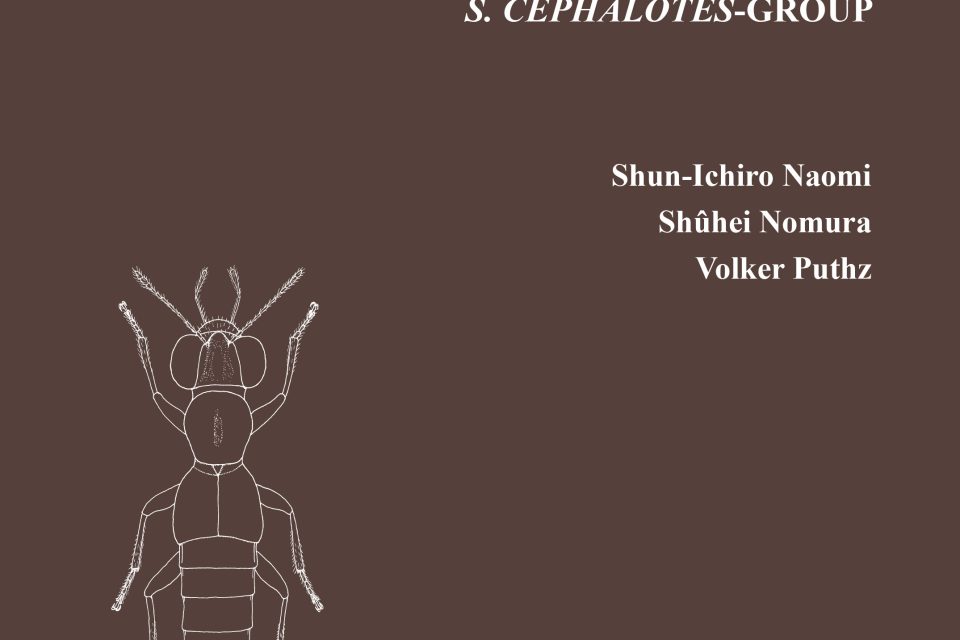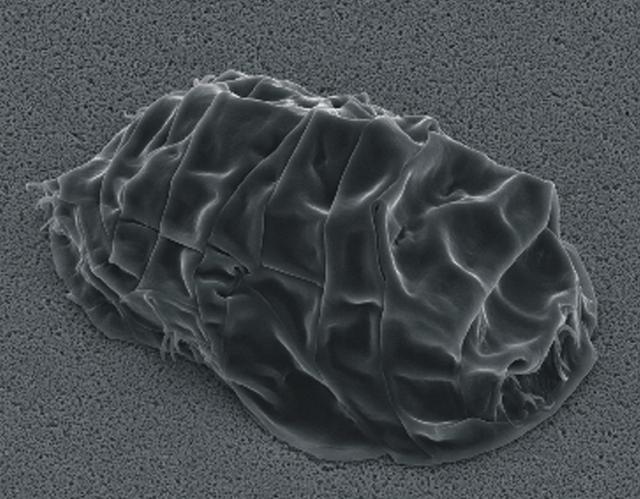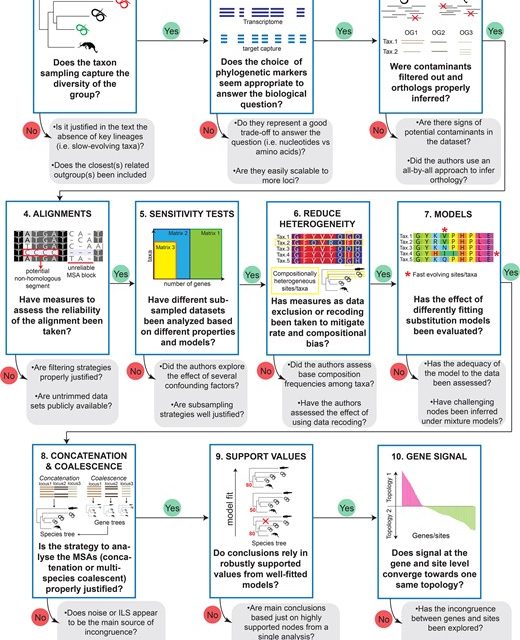Here is our advent calendar from 2022.
Category: 2022

Door 14. The largest animal genus just got larger.
Today, most biologists would agree that there is no objective criterion to determine the rank of a supraspecific taxon. As a result, comparing how many species different taxa of the same rank include does not make much sense. Yet we keep doing it. Following that tradition we may […]

Door 13: Expanding Sources of DNA in Museums
Author: Rita Austin (former group member) Diverse museum holdings offer unique and exciting potential sources of ancient DNA and other biomolecules (e.g., RNA and proteins). As technology and methods advance, the accessibility and potential for success of ancient DNA has also increased; alongside the attainment of ancient DNA […]

Door 12: Measuring Functional Diversity
Currently, the UN Biodiversity Conference (COP15) is going on in Montreal, Canada. Again a COP soon after an earlier COP, namely the UN Climate Change Conference (COP27) has been held in November in Sharm-El-Sheick, Egypt. For many of us, including myself, the twin crises of climate change and […]

Door 11: How can hybrid incompatibility collapse enlighten hypotheses about stasis?
Today, I would like to present to the paper by Tianzhu Xiong and James Mallet about “On the impermanence of species: The collapse of genetic incompatibilities in hybridizing populations” in Evolution. The topic of the paper is not my area of research, which are deep level phylogeny, evolutionary […]

FEZ Advent Calendar Day 10: Ten Tardis Tunning
On the 10th Day of Advent, we open the door on our calendar to a paper that brought me more than a little bit of joy to read earlier this year, Yoshida et al’s “Time-series transcriptomic screening of factors contributing to the cross-tolerance to UV radiation and anhydrobiosis […]

Door 9: Challenging the Historical Perception of Arachnid Monophyly
The arthropod subphylum of Chelicerata are made up of three classes containing extant orders: Pycnogonida (Pantopoda: the sea spiders), Merostomata (Xiphosura: the horseshoe crabs) and the diverse class of Arachnida. Although the relationships between these three have proven difficult to untangle, the historical perception of arachnid monophyly has […]

Door 8: GENESPACE tracks regions of interest and gene copy number variation across multiple genomesss multiple genomes.” Elife 11 (2022): e78526.
During this year Frontiers in Evolutionary Zoology advent calendar I have decided to briefly present you three works: a research paper, a researcher interview, and a book. The first door to which I am contributing if this quite useful method paper to whoever is currently working with whole […]

Door 7: New day, new species
One of my favourite papers this year is, logically, about two of my favourite topics: taxonomy and worms. In this paper, Lavesque et al. revise the family Terebellidae sensu stricto (a part of the spaghetti worms I presented in a previous blog post) in French waters. They review […]

Fez Advent Calendar 2022: Day 6, a stocking-filler of a phylogenetic review
For the 6th day of our Journal Review Advent Calendar, I wanted to present Jesus Lozano-Fernandez’s brilliant “A Practical Guide to Design and Assess a Phylogenetic Study”. I think reviews like this are really important – whether you’re trying to grasp a new kind of analysis for research, […]

Door 5: Immunity Genes Related to the Black Death
Published in October, startling results of natural selection in humans indicates certain immunity genes may have helped people survive the Black Death of the 1346-1350. Caused by the bacterium Yersinia pestis, bubonic plague has swept across the globe (as pandemics) numerous times over the centuries, resulting in untold […]